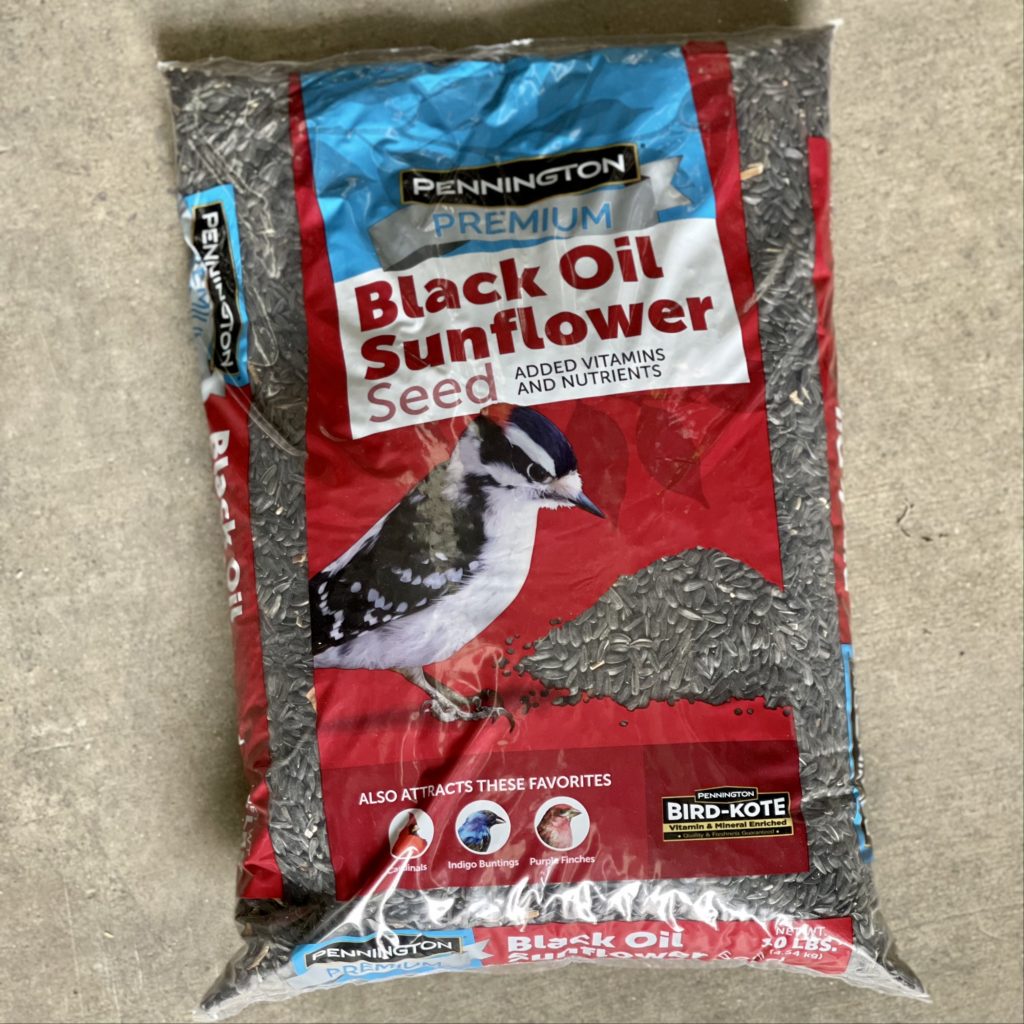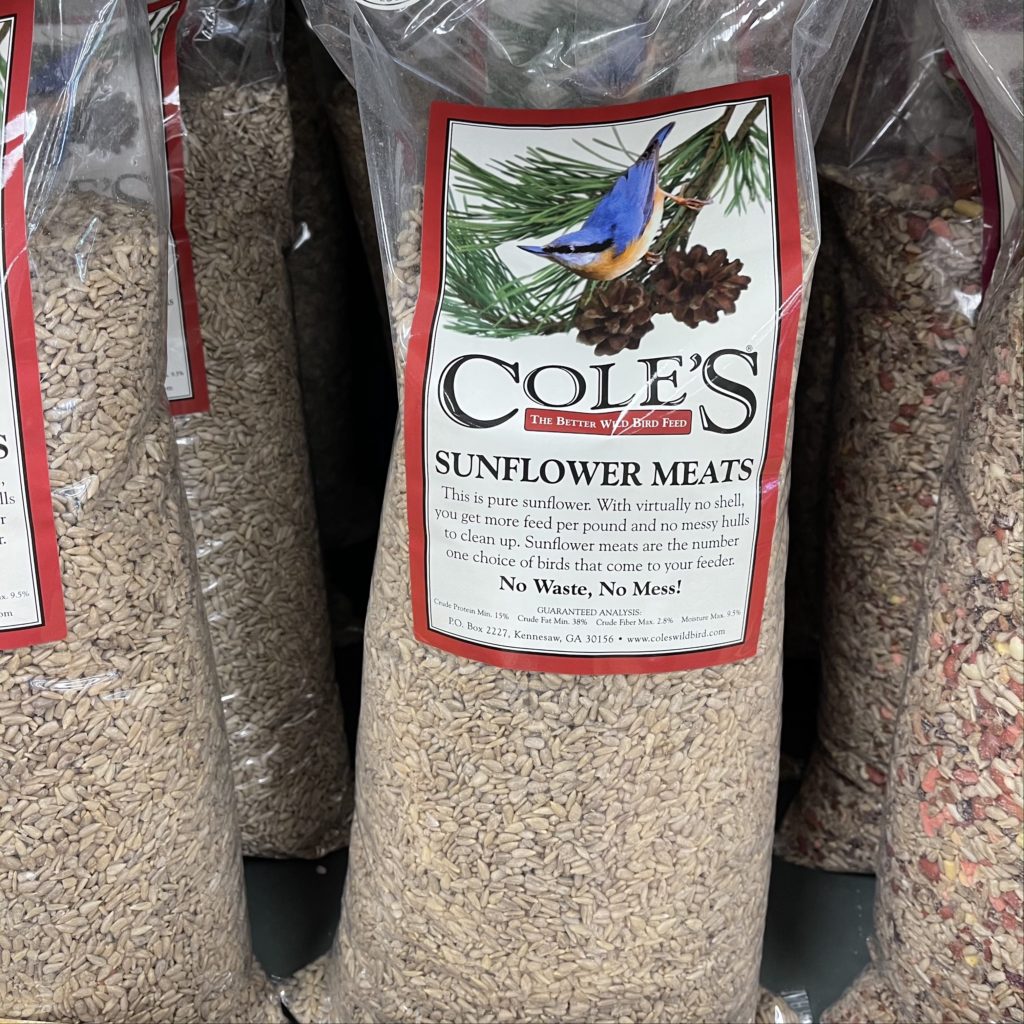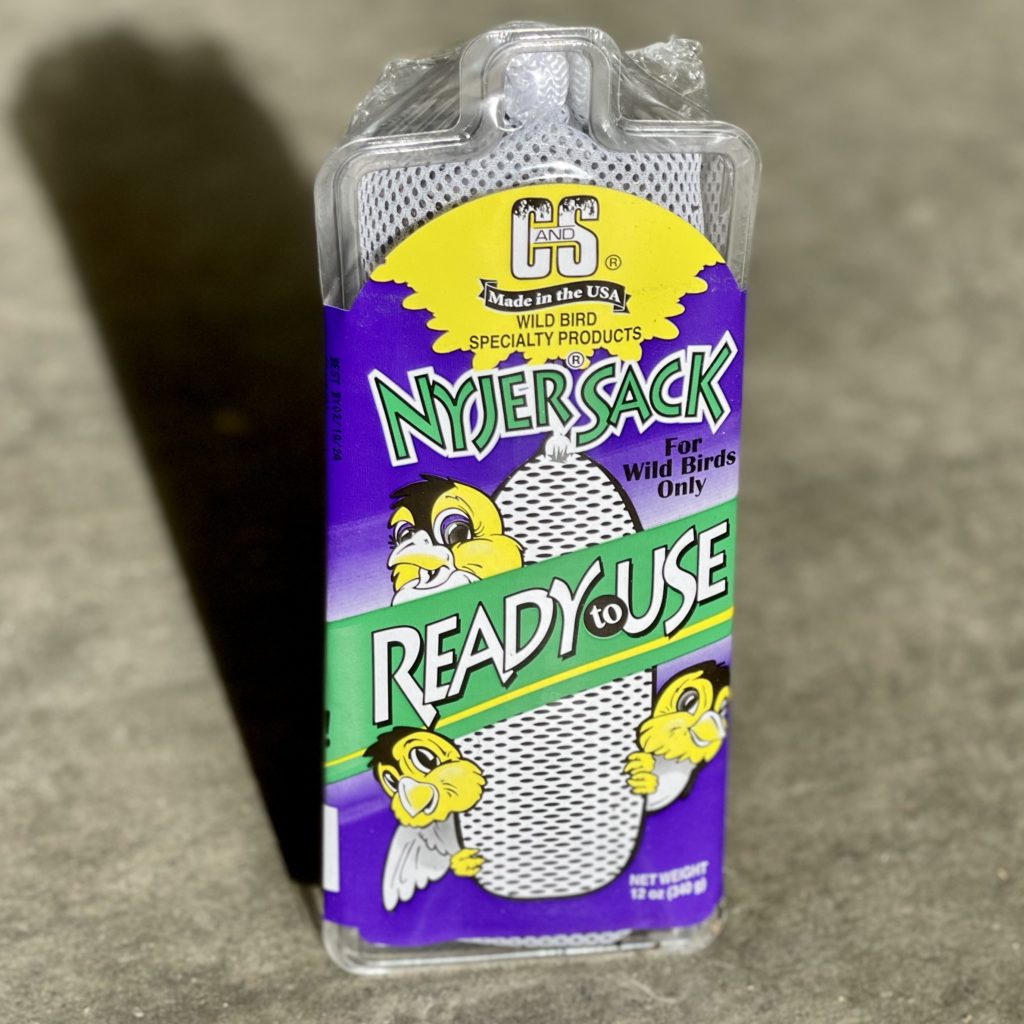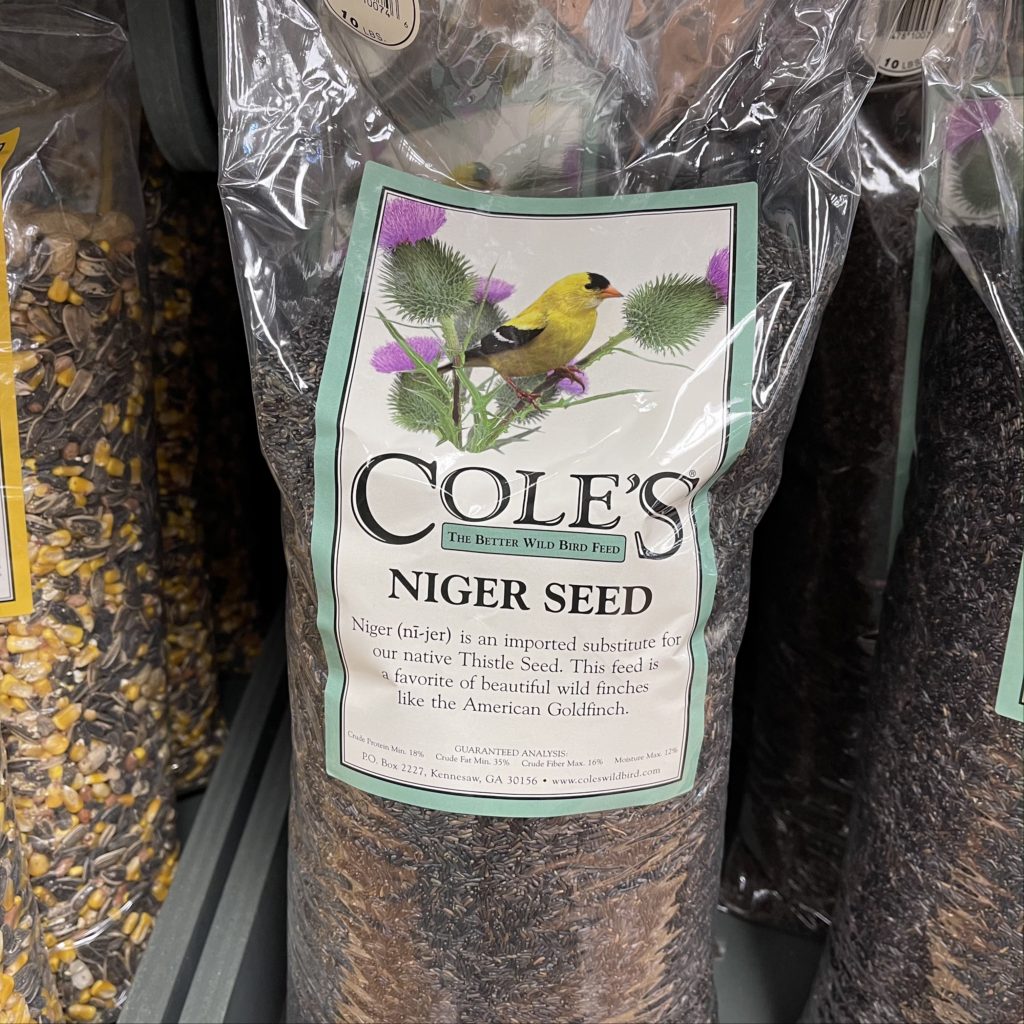
Birds make up a very integral part of the ecosystem. Bird-watching is by far one of the most common hobbies people have started cultivating. In fact, a specific term is used which involves both bird watching and documenting, it is called birdscaping. Birdscaping is creating a bird-friendly zone or yard. All the things that would attract birds are used; these could involve wild bird seed, decorative bird seed containers, specific plants that attract birds, colors, and finally, freshwater.
The most basic need for any organism is food. Wild bird seeds are the first things that come to our minds when we think of bird food. There are several types of wild bird seed that can be fed to these feathered friends. Some of the most common wild bird seeds are safflower bird seeds, millet bird seed, and black oil sunflower seeds for birds. The wild bird seed that attracts the widest range of birds is the sunflower seed.
Getting Started With Birdscaping and Bird Feeding
Feeding birds might seem like a cumbersome task, but all you have to do is install the bird seed catcher trays in the backyard, followed by placing bird feeders or the bird seed containers. All lastly, the most important of all-wild bird seed!
However, apart from the wild bird seeds like sunflower and safflower, there are some of the other best bird seeds that attract a wide range of birds to your birdscaping backyard. Nyjer or thistle, white proso millet, shelled and cracked corn, peanuts, milo or sorghum, golden millet, red millet, flax rapeseed, and canary seed are your other plausible options as well.
Now that we know the golden secret to attract birds, why not check out some of the wild bird seeds! Because each type of wild bird seed attracts specific types of birds, and with this article, you can learn how to feed them and how to store them as well!
Sunflower Seed
Sunflower seeds are of two types: black oil sunflower seed and striped sunflower seeds, and we have a third type that really is not seed-hulled sunflower seeds. Black oil sunflower seed is the most common and the best bird seed that the birds consume.
The best part is that they are extremely accessible and economical, which means you do not have to go on a wild hunt to find them or spend vast chunks of your fortune.
Sunflower seeds are magical because they attract a colorful cluster of birds. Birds like Finches, Tits, Cardinals, American Goldfinch, and Nuthatch would make your bird yard alive with their melodies and blur of colors!
And sunflower seeds are not just meant to attract these little birds, but they are also enriched with fat content. This seed is a perfect choice of food during the winters, especially for the winter birds! Let us take a look at the nutrient breakdown of black oil sunflowers. It encompasses about 40% fat, 16% protein, and 20% carbohydrates.
The best way to store them is in an airtight container, bag, or pantry. Sunflower seeds can be served to the birds in bird feeders, and guess what? They are perfect food even for those little and cute birds!
Safflower
Safflower is grown almost everywhere, in all parts of the world. This obviously makes it another common wild bird seed. And you can increase the chances of spotting Finches, Chickadees, Doves, and Cardinals flocking into your garden if you include these seeds in your bird feed.
One of the most common problems we face while feeding bird seed to the birds is the blackbirds and squirrels trying to steal away their food. However, safflower seeds are hardly even consumed by them, which means no more worrying about them.
Most birds consume safflower seeds, thereby making it a win-win situation. To store them, pack them in an airtight container, bag, or pantry. To feed them to the birds, mix the safflower seed into the bird food mix, which can contain other seeds like a black oil sunflower seed.
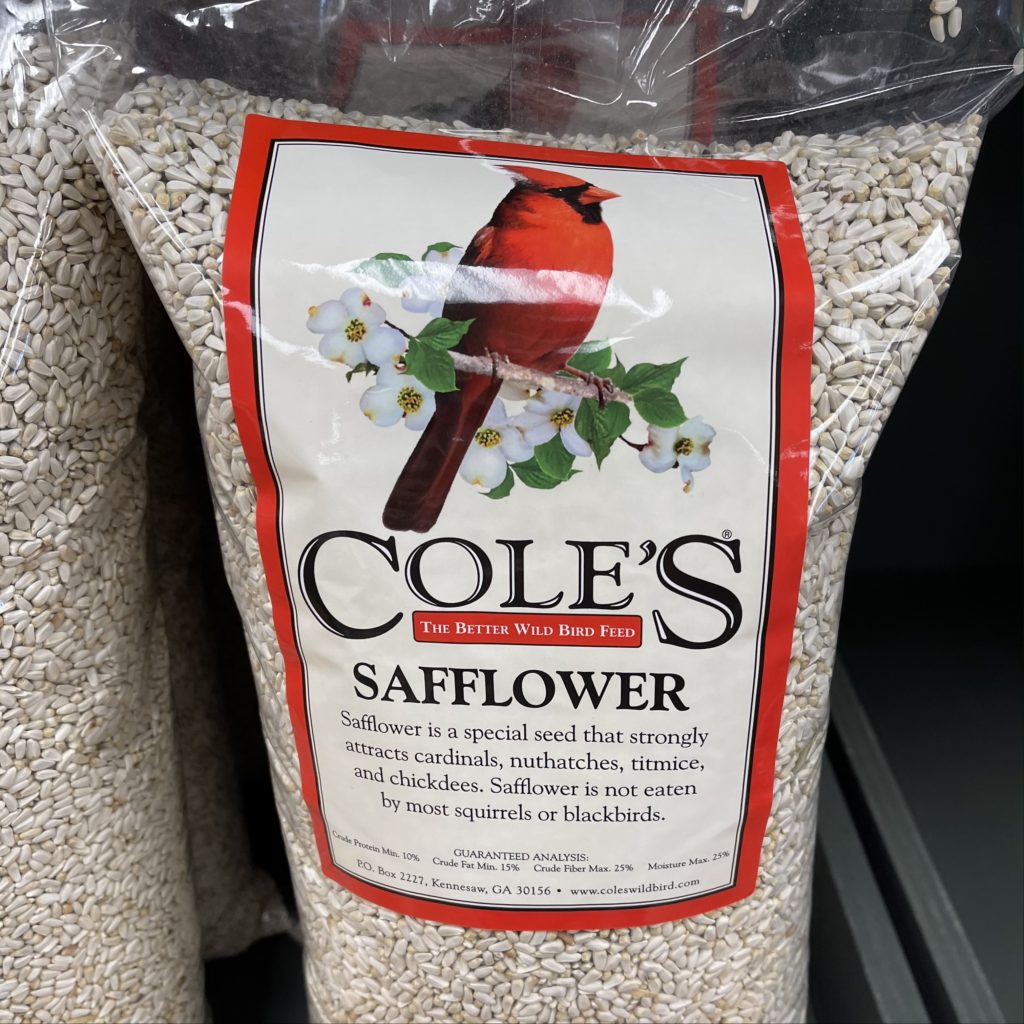
Nyjer
Nyjer seed is also called thistle; it is grown in both Ethiopia and India. It is a natural concern to think that Nyjer seeds will end up growing into weeds but do not worry as these seeds can not be grown and hence are perfect! However, that is not true, and you can grow this wild bird seed without this issue. Goldfinches, Chickadees, Pine Siskin, Purple Finch, and House Finch crave the flavors of Nyjer, and you could attract them to your backyard by mixing Nyjer with the bird food mixture.
The thistle bird seed is rich in nutrition and fat, which makes it perfect for the birds all year long, and this is the main benefit of the seed. Nyjer seeds tend to dry out, and for this reason, they are frozen. They are served fresh only, so freezing them preserves their freshness. You can feed Nyjer to the birds in special feeders that can contain these tiny seeds. But do remember that they are served only fresh; otherwise, they tend to be wasted, birds discard them if they are not fresh.
Millet
The ground-feeding birds prefer millets. Millet bird seed is usually mixed with other bird food mixtures, and they are rarely served separately.
Juncos, Sparrows, Finches, and Towhees can be lured to your birdscaping backyard if you add millet to the feeders.
The benefits of millets are extensive; they are rich in starch, fats, and proteins, providing just the proper nutrition to small birds. Millets also need to be stored in an airtight container, away from light, air, and moisture.
Red Milo (Sorghum)
Red Milo or Sorghum is available at economical prices, and you can buy them in bulk to cut down on the cost. The grains are both white and red. Milo bird seed is often used in the bird food mixture as a filler. Red milo or sorghum is consumed by Game birds, Quail, and Dove.
Sorghum is rich in iron and calcium, and this brings it a unique advantage, different from most of the seeds that are rich in fat or starch. You can pour these seeds into polyethylene bags and seal them or store them in airtight containers as well! Sorghum doesn’t have separate importance; they are just served together in the bird food mixtures as fillers.
Cracked Corn
Corn is available everywhere, including the agricultural stores too! One need not find them in the pet stores. Cracked corn is preferred by large-ground birds. Grackles, Pheasants, Starlings, and Quails feed on cracked corn seeds. Cracked corn is rich in oil and starch.
Corn is sensitive to mold. It is always advisable to store them in a dry, airtight container away from sunlight in a slightly cooler place. The best way to feed cracked corn is by mixing them with millets and then serving the mixture in the bird feeder or sprinkling them on the ground; it works too!
Where to Buy Wild Bird Seeds Near Me?
Finding a place to purchase wild bird seeds isn’t rocket science; they are available almost everywhere. You can buy them at any agricultural shop, online bird feeder’s site, pet shops, and many more places. You can even grow seed-producing plants which are more advantageous because this way, your birdscaping backyard would transform into their natural ecosystem!
How to Ensure that Other Species Don’t Eat Them?
Usually, wild bird seeds are fed as a mixture of many seeds. The best solution to repel rodents and squirrels is adding cayenne pepper to the wild bird seed mixture. Another very effective way is to keep switching the seeds; the squirrels and the blackbirds don’t prefer the safflower seeds. However, all the other species of the birds enjoy feeding on safflower seeds.
Safflower seeds are popularly known as anti squirrel bird seeds for the same reason. Adding chili pepper to the bird mixture also works wonders. Since birds do not feel the heat or the spicy taste of chili pepper, but squirrels feel it.
How to Store Wild Bird Seeds?
Storing bird seeds is a no-brainer, only if we ensure hygiene and care. Most of the wild bird seed needs to be kept away from sunlight, air, and moisture. Therefore it is advisable to store seeds in an airtight pack, in a shelf away from sunlight, ensuring that it stays in a cool temperature.
Some of the seeds are prone to mold, and for that reason, they need to be stored in a dry container and given extra care. Using them up as fast as possible also helps in preventing wastage.
While the wild bird seed is a sure-shot way to lure birds into your backyard, other ways to do this are listed below.
Colors
Birds are very sensitive to colors and especially to those colors that wouldn’t be normally found in nature. Birds rely on bright colors for several reasons.
Often bright colors attract birds because bright-colored flowers are filled with nectar, and sometimes a change in the foliage is an indication of the change in season, which prompts them to migrate.
Colorful fruits are ripened, and they attract birds because of their luscious colors and flavors. Besides, for birds mating season, signs of brightly colored flowers, plants, or fruits are vital signs.
For the reasons mentioned above, it is a boon to have many bright colors placed in your backyard to attract birds.
Shelter
Shelters for birds comprise trees, shrubs, nests, flowers, etc. More than bird boxes or perching sticks, these natural ways make birds trust more in their environment. Natural plantations provide the birds with a natural habitat, protecting themselves from predators and keeping their young ones safe.
Birds usually rely on a landscape that is close to freshwater resources, away in a hiding place, and not too away from the food resources either. If you can inculcate these resources in the birdscaping backyard to create a close to the natural environment, they would surely be attracted, and you’d soon see many of the feather friends inhabiting your backyard. To entice the bird, the bird seed bells can also be used; they can be located just beside their shelter or
bird box.
Ecosystem
A thriving ecosystem attracts birds to inhabit the land. So the main focus and aim to build a birdscape backyard is to create a thriving ecosystem. Flowers, nectars, plants, trees, and seeds are all required by butterflies, songbirds, insects.
Most of the birds rely on small insects to feed their young ones. To attract a species, you need biodiversity for it to survive. Therefore, for a thriving birdcage backyard, you will need to attract other species that could co-exist with the birds or rather on which the birds are dependent for survival.
Moving Water
Wild bird seed isn’t enough when it comes to attracting birds to your backyard; you need a freshwater resource. Moving water gets their attention, as they love gentle flowing water. That is why many birds are often spotted near the backwaters of the sea or rivers. Making them different from the decorative ponds is very vital as it should appeal to them as an extension of their own natural habitat. Moving water can be used for various reasons when it comes to birds. They use it for bathing and drinking.
Perching Sticks
Another most essential addition to your backyard should be perching sticks. Perching sticks are for birds to rest after covering a very long distance, it could also be in the period of migration. It is also essential to locate the bird seed feeders near the perching sticks. Perching sticks are what the cafes are for the humans, could be to lounge, or taking a small break. You could spot many species of birds on the perching sticks in your backyard during the migration season.
Final Words
To attract birds is not a very easy task; some are shy and very frightful. However, by creating a near-to-natural environment for them and providing sufficient food and water, hygiene, and a safe shelter for them to mate and thrive, you could make many feathered friends right from your backyard.
As mentioned above, wild bird seed is the key to luring the birds in your backyard. However, one very integral point to keep in mind is which bird feeds on what. If you have kept a type of wild bird seed in the bird feeders that the birds in that region do not prefer, or these seeds are consumed by the birds who would migrate in the next season, you may face much wastage. It is vital to conduct a thorough study of your region, the birds which inhabit it, and their preferences for reasons like these.
You can set goals to bird-watch after you have placed your wild bird seed in your backyard and record your results.


